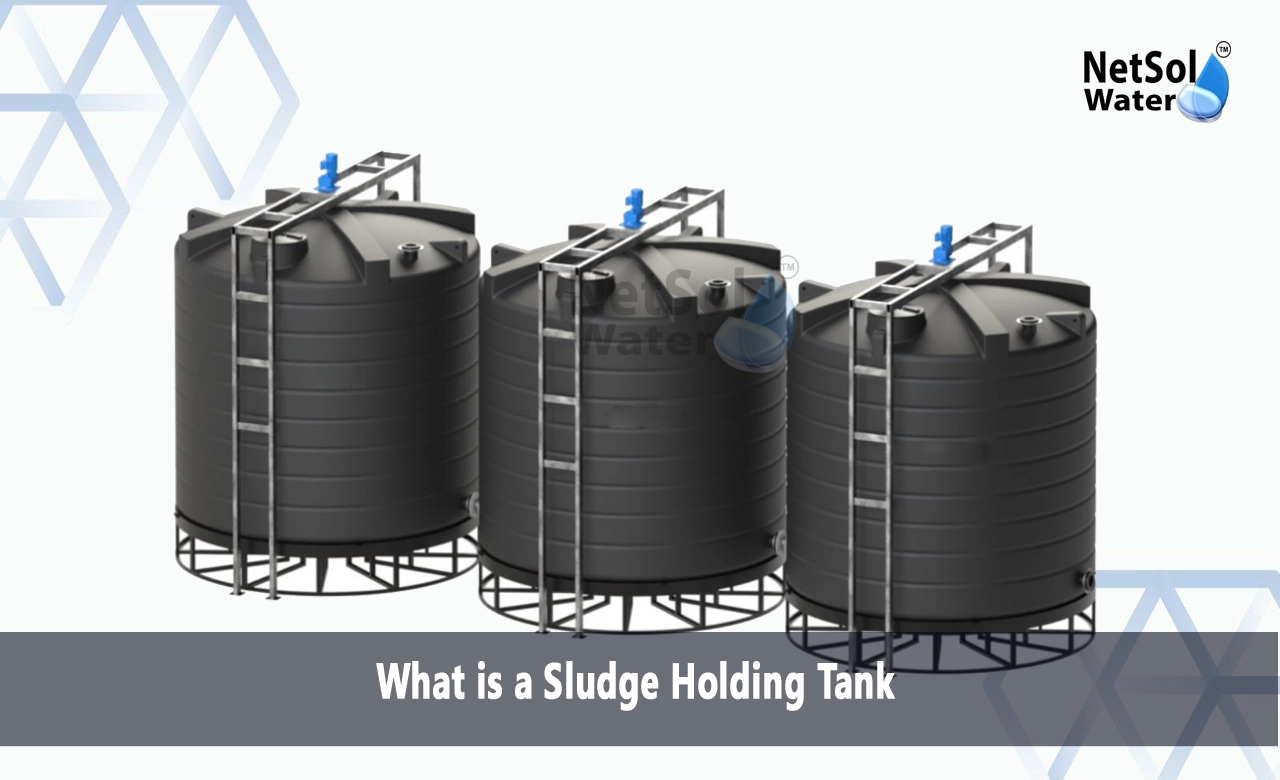What is a Sludge Holding Tank?
A sludge holding tank stores and processes solid waste materials from wastewater treatment. This specialized tank acts as a temporary storage facility for sludge before final disposal or treatment. The tank allows settlement of solid materials which creates cleaner water for further processing. Water treatment facilities need these tanks to manage waste effectively. The sludge holding tank helps reduce the volume of waste through natural processes. This reduction makes final disposal more efficient and cost-effective. The tank design allows for both storage and initial treatment of sludge. Engineers must consider several factors when designing these tanks. The size depends on the facility's daily wastewater processing volume. Treatment plants need proper sludge management for effective operation. The sludge holding tank serves as a key component in this process.
Sludge Holding Tank Design
The design of a sludge holding tank determines its effectiveness. Engineers must consider multiple factors during the design phase. These considerations ensure optimal performance of the tank. Let us examine the essential design elements of sludge holding tanks.
Tank Construction Materials
Engineers build sludge tanks with reinforced concrete. This material withstands the corrosive nature of sludge. The inner walls need special coating for protection. Proper construction ensures long tank life.
Size and Capacity Planning
Treatment plants need adequate storage capacity. The tank size depends on daily sludge production. Engineers calculate volume based on retention time. These calculations prevent overflow issues.
Design Features
Tanks include mixing systems for sludge movement. Aeration systems provide oxygen when needed. Pumping systems help remove processed sludge. These features enhance tank performance.
Operational Aspects of Sludge Holding Tanks
The operation of sludge holding tanks requires careful management. Operators must monitor several parameters. This monitoring ensures proper sludge processing. Let us look at key operational considerations.
Temperature Control
Sludge processing works best at specific temperatures. Operators monitor temperature regularly. Heating systems maintain optimal conditions. This control improves processing efficiency.
Mixing Requirements
Regular mixing prevents sludge settlement. Mixers keep solids suspended in liquid. This action promotes better breakdown. Proper mixing improves tank performance.
Monitoring Systems
Operators check sludge levels daily. Sensors measure various parameters. Control systems adjust conditions automatically. These systems prevent operational problems.
Maintenance and Troubleshooting
Regular maintenance keeps tanks working properly. Operators must address problems quickly. Proper care extends tank life. Let us explore maintenance requirements.
Cleaning Procedures
Teams clean tanks periodically. This cleaning removes built-up materials. Regular cleaning prevents equipment damage. Proper procedures ensure worker safety.
Equipment Maintenance
Pumps need regular inspection. Mixing systems require periodic service. Operators check aeration equipment frequently. This maintenance prevents breakdowns.
Problem Prevention
Regular inspections identify potential issues. Quick repairs prevent major problems. Good maintenance reduces operating costs. These practices extend equipment life.
Conclusion:
Do you need help understanding or managing your sludge holding tank? Our wastewater treatment experts provide comprehensive guidance. We offer solutions for design operation and maintenance challenges. Contact us today to optimize your sludge holding tank performance. Our team will help you maintain efficient sludge processing operations.
To explore customised commercial RO plants, Industrial RO plants, ETP or STP solutions for your needs in your areas and nearby regions, Contact Netsol Water at:
Phone: +91-965-060-8473, Email: enquiry@netsolwater.com



